
There are so many ways to structure your text responses in VCE English, one of the very popular methods is the “What, How, Why” structure. This structure helps ensure that your writing is clear, focused, and persuasive, making it easier for examiners to follow your argument and award marks accordingly. Keep reading for a thorough run down and a body paragraph structure, that finally makes sense!

The “What” component of your response addresses what the author is trying to convey. This is where you identify the key ideas, themes, or arguments presented in the text. Think of it as stating the contention or argument that you will be analysing in your response.
You must be specific. Visit your ideas on the text: betrayal -> The text explores how betrayal leads to horrific acts. Infer the deeper ideas being explored. Add them to your planning.
When writing your “What”, be concise and direct. Clearly state the theme or idea without delving into analysis just yet. This sets a strong foundation for the rest of your response.
The “How” part of your response explores how the author conveys their idea or theme. This involves analysing the literary techniques, narrative structures, or language choices used to express the key idea. The “How” is where you provide evidence from the text, such as quotes, and analyse their significance.
How: Euripides uses dramatic monologues, vivid imagery, and dialogue to reveal Medea’s inner conflict, emotional intensity, and justification for her actions.
Quote: “I understand the horror of what I am going to do; but anger, the spring of all life’s horror, masters my resolve.
Put It All Together: Euripides uses juxtaposition and internal conflict to explore Medea’s complex psyche. The monologue format allows the audience intimate access to her thoughts, evoking sympathy. The juxtaposition of Medea’s understanding of “the horror” of her planned actions with her acknowledgment that “anger” controls her, highlights the tension between her reason and her emotions. This internal conflict is central to the tragedy, as it makes Medea a multifaceted character who is both aware of her moral descent and yet powerless to stop it, driven by a sense of betrayal and a desire for revenge.
In this section, it’s important to:
In most of my blogs around language analysis my main takeaway is: ANALYSE NOT SUMMARISE. This is where the analysis comes through in the ‘what’, ‘how’, ‘why’ structure.
The “Why” addresses why the author has chosen to convey these ideas or themes. This is where you interpret the broader implications of the text and discuss its relevance. The “Why” often involves exploring the author’s purpose, the social or historical context of the text, and the intended impact on the reader. A skill you must employ in VCE English is reading between the lines, what is the author implicitly trying to say without explicitly stating it.
OR
In the “Why” section, aim to:
Argument/Topic: an idea you are arguing exists in the text. Use abstract nouns.
Analysis: Discuss how language has been used to create ideas.
Evidence: Weave “direct quotations” through your paragraph.
Inference: Discuss what the evidence you have selected suggests about the character or the idea in the topic sentence.
Analysis: Discuss how language has been used to create ideas.
Evidence: Weave “direct quotations” through your paragraph.
Social-historical context: Discuss what the evidence you have selected reflects about people’s beliefs in that place at that time be sure it is relevant to your argument.
Author’s Intention: What comment is the author seeking to make about the idea in the topic sentence? Why?
Remember, the goal is to provide a deep analysis that goes beyond surface-level observations. By consistently applying this structure, you not only make your arguments clearer but also enhance your ability to critically engage with any text. Keep practicing, and soon this structure will become second nature, guiding you to your best writing.
Loving our content? Subscribe to the mailing list for weekly blog updates.
Follow us on YouTube for comprehensive videos on all things VCE.
Follow us on Instagram and TikTok for daily advice and tips.
© In Class With Mariam 2024. All rights reserved. This content is the original work of the author and may not be reproduced, distributed, or transmitted in any form without the prior written permission of the author.
Share:
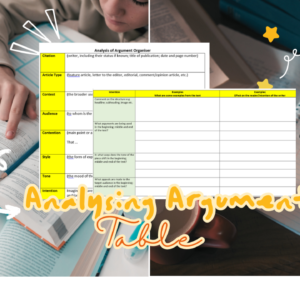

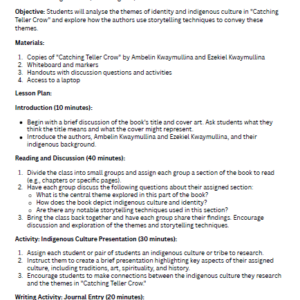
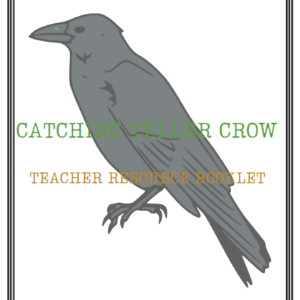
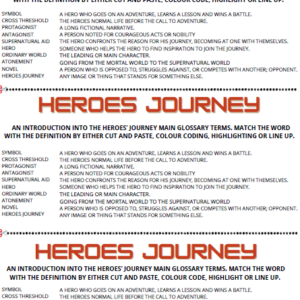
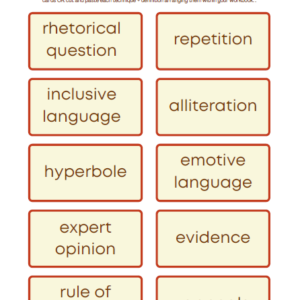
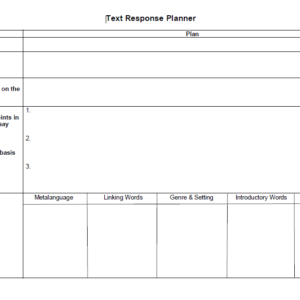
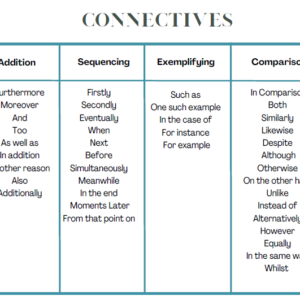
Power-up your learning with free essay topics, downloadable word banks, and updates on the latest VCE strategies.
